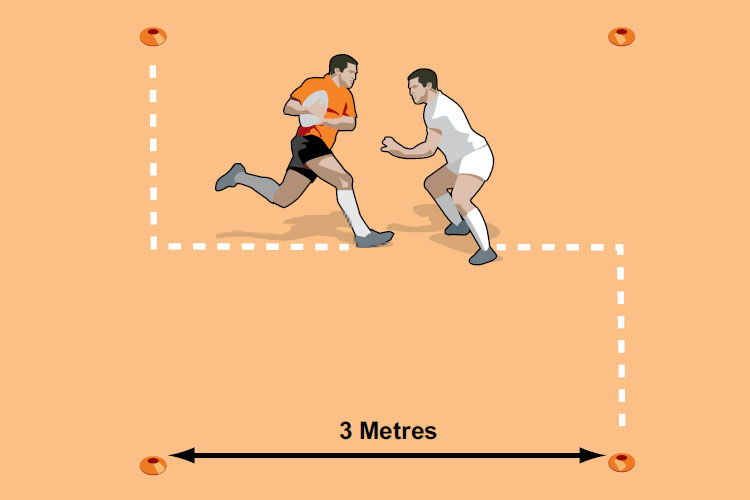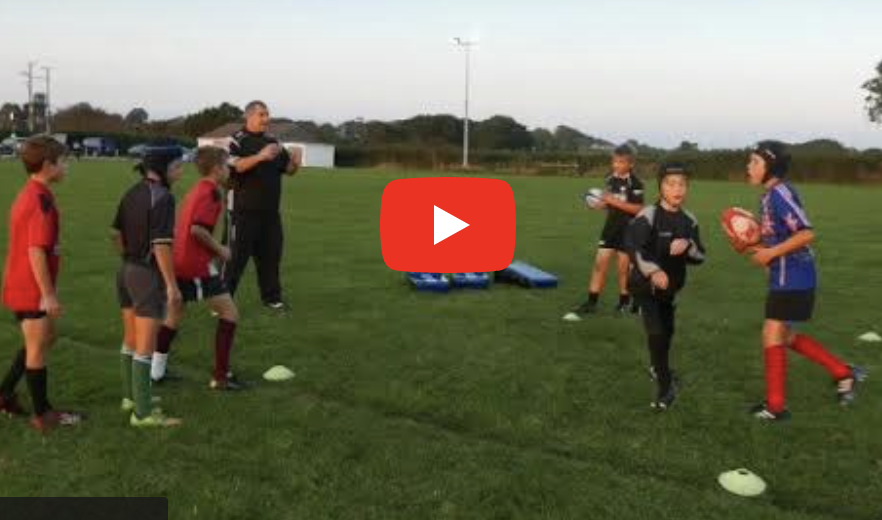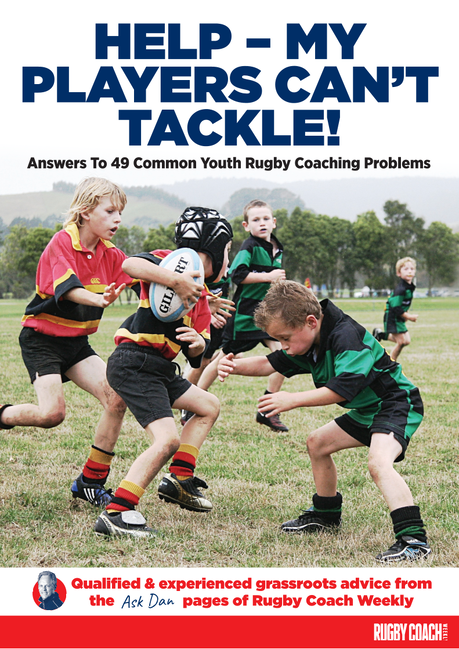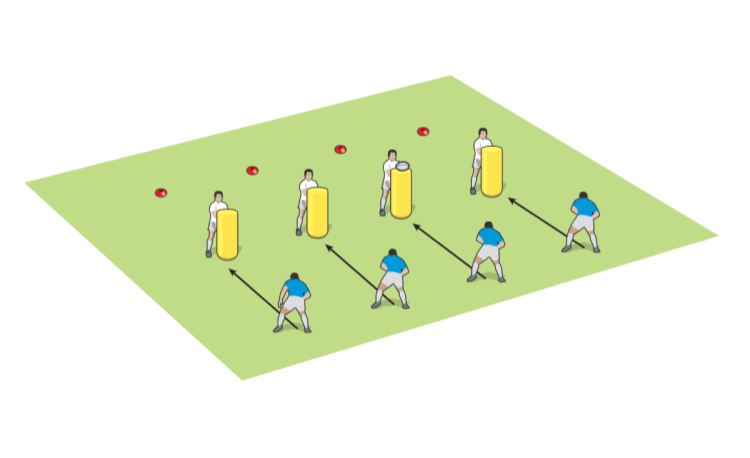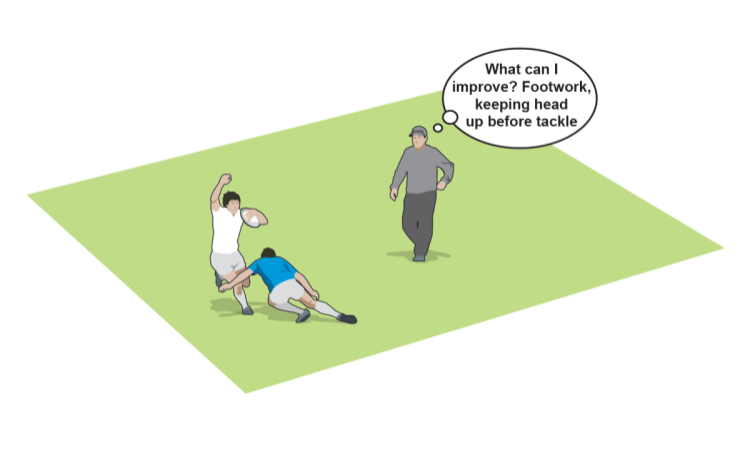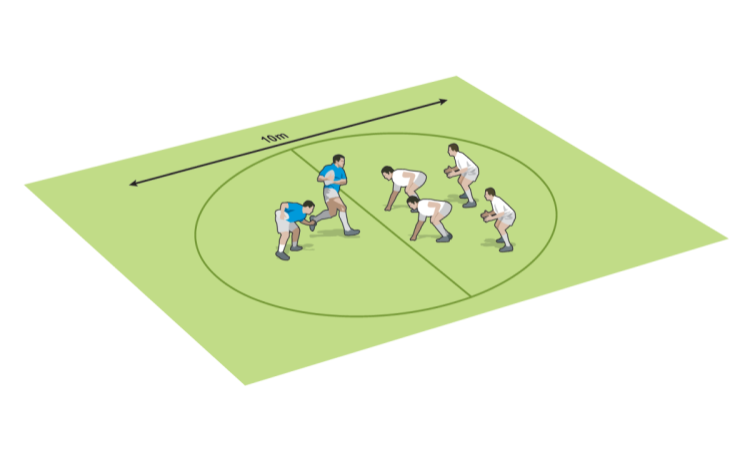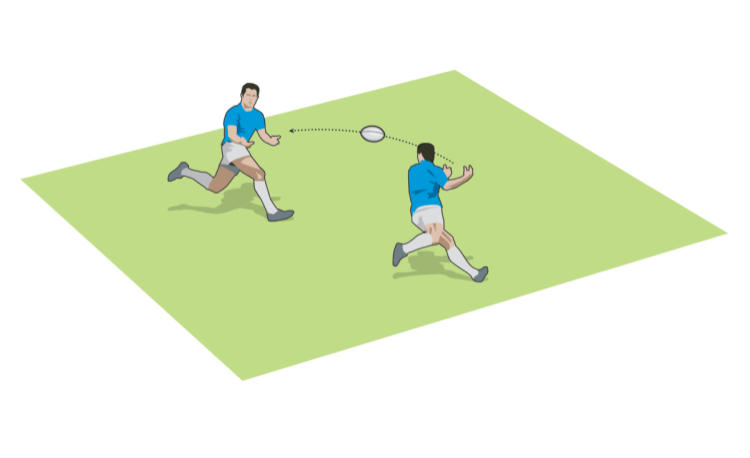You are viewing
1 of your 2 free articles
Textbook front-on tackle, with tips and activities
Tacklingby Dan Cottrell
Watch this clip from our media partners, RugbyFactory.tv and see how the tackler executes a strong, technically sound front-on tackle. Then, check out what she did well and how you can put this into a training situation.
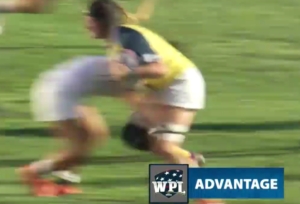
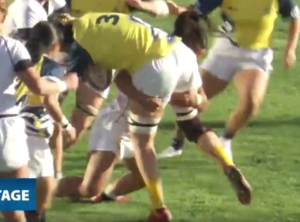
Here are two good exercises to work on this sort of tackle.
WHAT DOES THE TACKLER DO WELL

- Comes forward into the tackle.
- Balanced stance on the ground.
- Drives into the ball carrier, with the weight on the foot nearest to the ball carrier transferring into the shoulder.

- Notice the tight grip throughout the tackle, and the head firmly into the side of the ball carrier.
- There's a slight lift, but the tackler then drives forward and twists.
- The feet stay rooted in the ground as the tackler completes the tackle.
HOW TO PRACTISE
Here are two good exercises to work on this sort of tackle.
Premium Books
Newsletter Sign Up
Coaches Testimonials

Gerald Kearney, Downtown Las Vegas Soccer Club

Paul Butler, Florida, USA

Rick Shields, Springboro, USA

Tony Green, Pierrefonds Titans, Quebec, Canada
Subscribe Today
Be a more effective, more successful rugby coach
In a recent survey 89% of subscribers said Rugby Coach Weekly makes them more confident, 91% said Rugby Coach Weekly makes them a more effective coach and 93% said Rugby Coach Weekly makes them more inspired.
Get Weekly Inspiration
All the latest techniques and approaches
Rugby Coach Weekly offers proven and easy to use rugby drills, coaching sessions, practice plans, small-sided games, warm-ups, training tips and advice.
We've been at the cutting edge of rugby coaching since we launched in 2005, creating resources for the grassroots youth coach, following best practice from around the world and insights from the professional game.
More from us
© 2023 Rugby Coach Weekly
Part of Green Star Media Ltd. Company number: 3008779
We use cookies so we can provide you with the best online experience. By continuing to browse this site you are agreeing to our use of cookies. Click on the banner to find out more.
